In this guest post, Samanta outlines her favorite part of being a graphic designer: the creative process for brand identity. She takes us through every element throughout the decision-making process when designing a completely new brand.


I am a graphic designer and illustrator, who specializes in branding.
When I was asked to write a note about how I work, I immediately wanted to share the part that I most enjoy and that is not always easy to see: the creative process, where all the ideas are cooked. From here, all the design processes start – from which color will be used to which typography is perfect for a project.
What inspires me the most is the concept of things. Find the subtlety of a thing and translate it into graphics to deliver the same idea combining passion, shapes, words, and colors.
Loose Pieces vs. concrete business objectives
My passion for conceptual design led me to specialize in branding, accentuating the difference between designing a “cute” logo, or developing a brand identity with specific objectives for its business.
My purpose (and the only way my work makes any sense) is that my work results in a very valuable investment for the company that makes their business grow in the short term.
In order to achieve this goal, I do a lot of research, an exhaustive analysis of the competitors, and a lot of brainstorming with the client, so we can reach an interesting proposition with a solid base.
Building a relationship with projects and clients
I’m always happy to work on projects that are in harmony with my lifestyle and values, especially those that promote a healthy life.
But it is also important to connect and create a solid relationship with the people behind every particular business. For several weeks or sometimes even months, you will be a team. It’s important that everyone is on the same page to make the working process pleasant, productive, and with a great outcome.
To create a great brand identity, it’s a must that the client actively participates in the creative process giving feedback, agreeing on the visuals created, and so on.
Setting the Project Time-Frame
Most customers would love to have work done as soon as possible – better yesterday than tomorrow. I know that because this happens to me, too.
However, it is important to understand that designers are not “automatic creative machines” and that processes are essential to building the pillars of a brand.
Once the brand is created, all decisions will be aligned with that concept.
Steps on the creative process: Creating a new brand identity
From the beginning, I am committed to the project as if it were my own business. I work with the customer hand-to-hand to identify and enhance the key points of the brand.
I like to contribute with ideas that could help the company and I advise them throughout the complete process. Besides, I keep them always posted and present regular reports summarizing the current status and delivery times.
One of the last projects I worked in was to create a new branding concept for a boutique pastry shop in Escobar. The owner contacted me because she was about to open a new range of healthy foods to take away.
Her idea was to somehow connect it with her pastry shop, which had been working for 7 years and already had a well-based clientele.
With this idea in mind, it was my turn to create a concept that fitted with the client’s expectations:
STEP 1: SET UP AND DEFINITION
BRIEF
The first thing I did was to send an online form to know more about the business and the idea so I could start with the right approach.
A Brief is a comprehensive report that defines a brand – company values, context, mission and vision, short- and long-term goals, competition, target audience, etc.
It’s the communication’s guide for the brand and will be key to validate all the ideas as the project goes on. It is also very useful to share with anyone who is involved in the business to make sure they are aligned with the brand goals.
BRAND RESEARCH AND ADVICE
After checking the brief, the content will be redefined to achieve consistency with the brand values and its ability to sustain them in practice.
COMPETITION & MARKET RESEARCH
The next step is to carry out a thorough investigation of direct competitors. From there you can get ideas to improve the product, services, and communications.
How are we going to differentiate ourselves and remain in our customer’s mind?
Below you will find a general analysis of a direct competitor. Which fonts and colors are used, what kind of packaging they went for, what’s on the logo, how is the location decorated, do they have a website, what are they trying to communicate, etc.
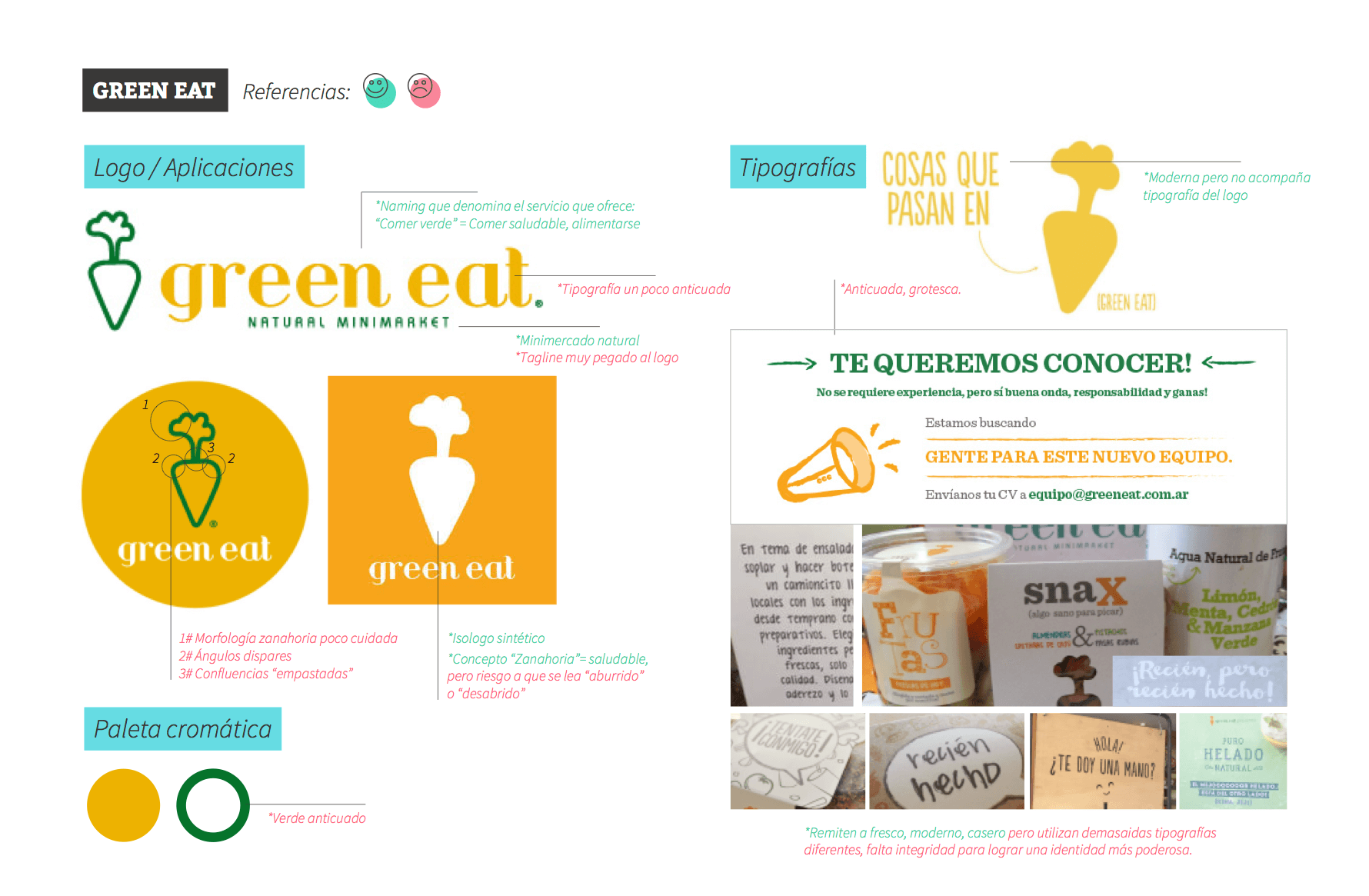

VALUE PROPOSITION
Now it’s time to create a value proposition to show our potential clients that the brand solves their problems or fulfill their needs.
You have to make them feel that they need to buy your product because nobody can offer them what you have.
So the first step is to pick the values that are more relevant for the brand and that you would like to communicate, as well as the benefits and solutions that the product or service offers.
In short: what’s the competitive advantage of our product. We are not looking to compete on price but on value. What value and experience will enjoy the client when consuming the product?
In this particular project the concepts picked were: “Take away food”, “Healthy”, “Tasty”, “Gourmet”, “Hand-made”.
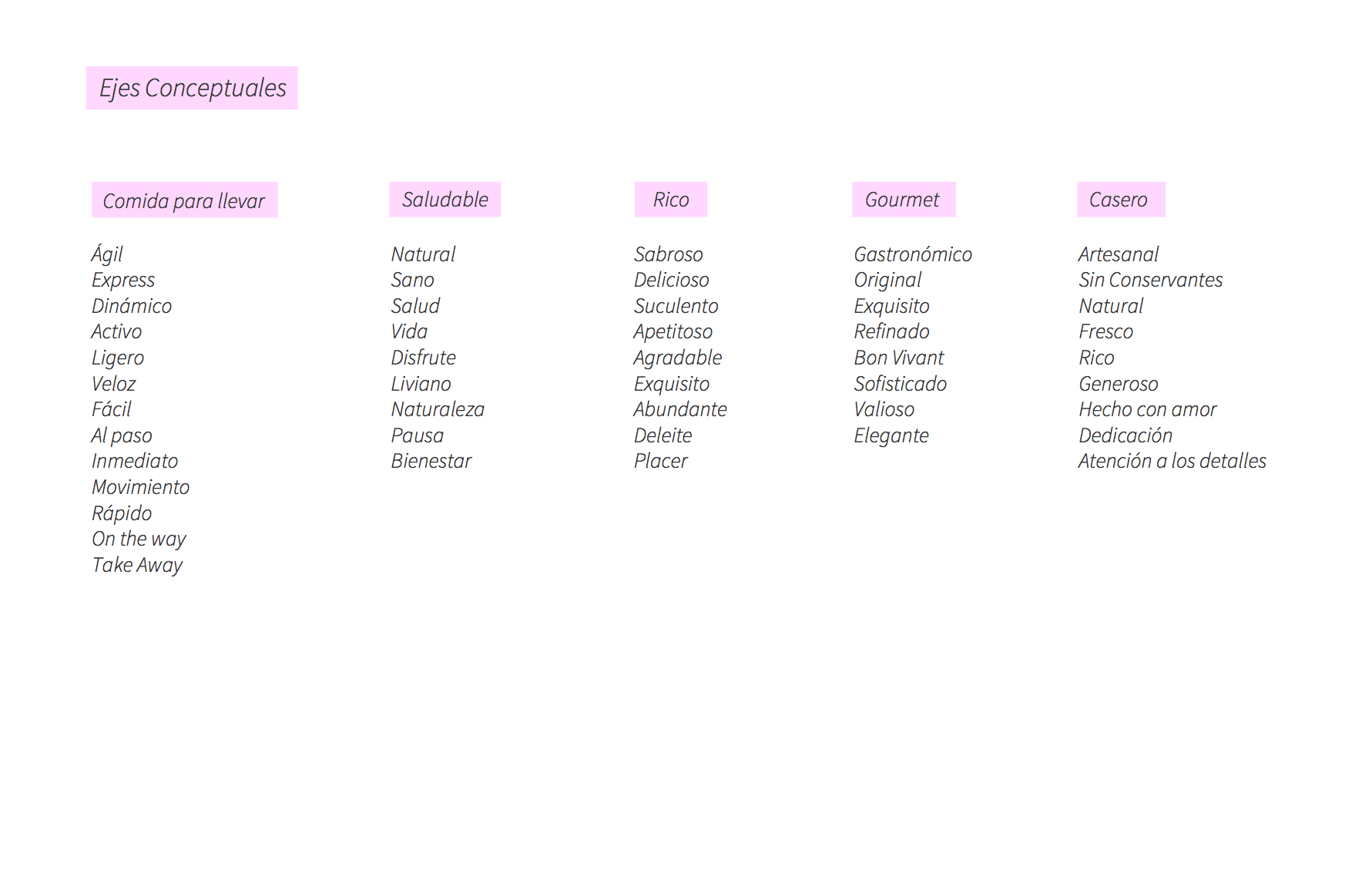

So, the value proposition finally was: “A healthy break to take your well-being to an exquisite level”.
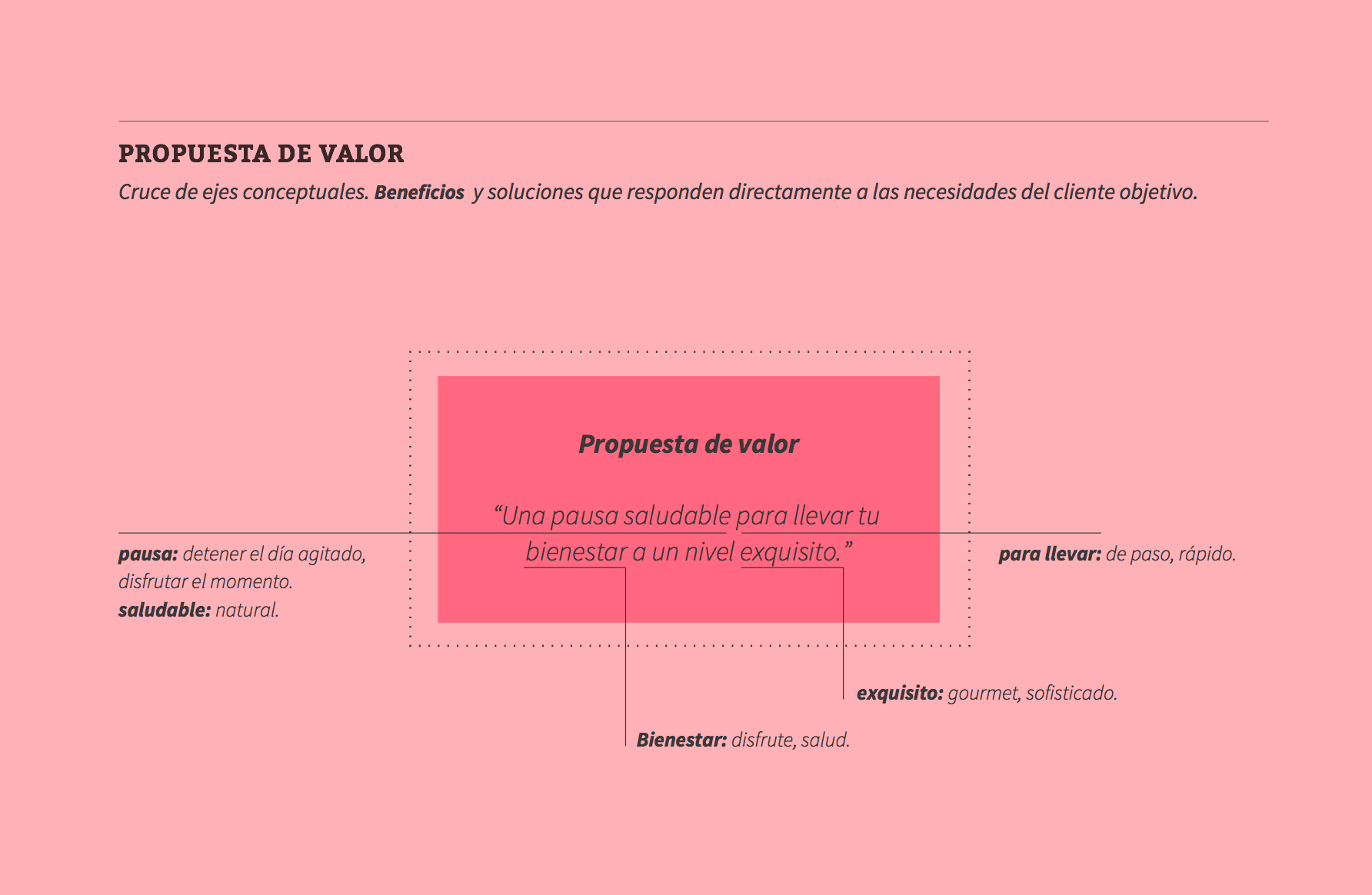

NAMING
The time has come, and it’s necessary to brainstorm to find the perfect name that fits with the brand. This was the process of picking a brand name:
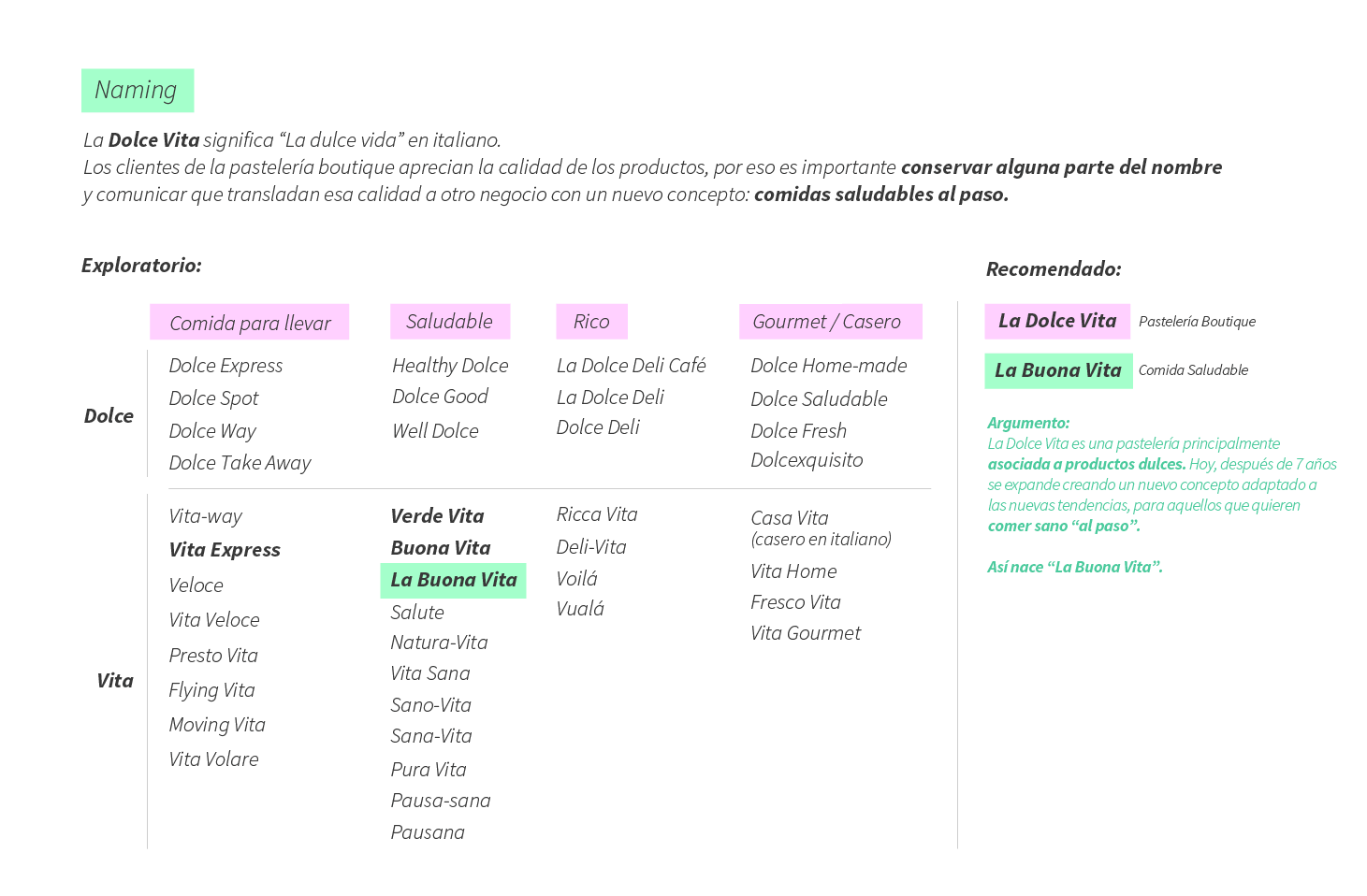

We also needed a tagline, that is a short text that helps memorize the main concept and a slogan, a short sentence that is relevant and trustable, and synthesizes the brand’s main vision.
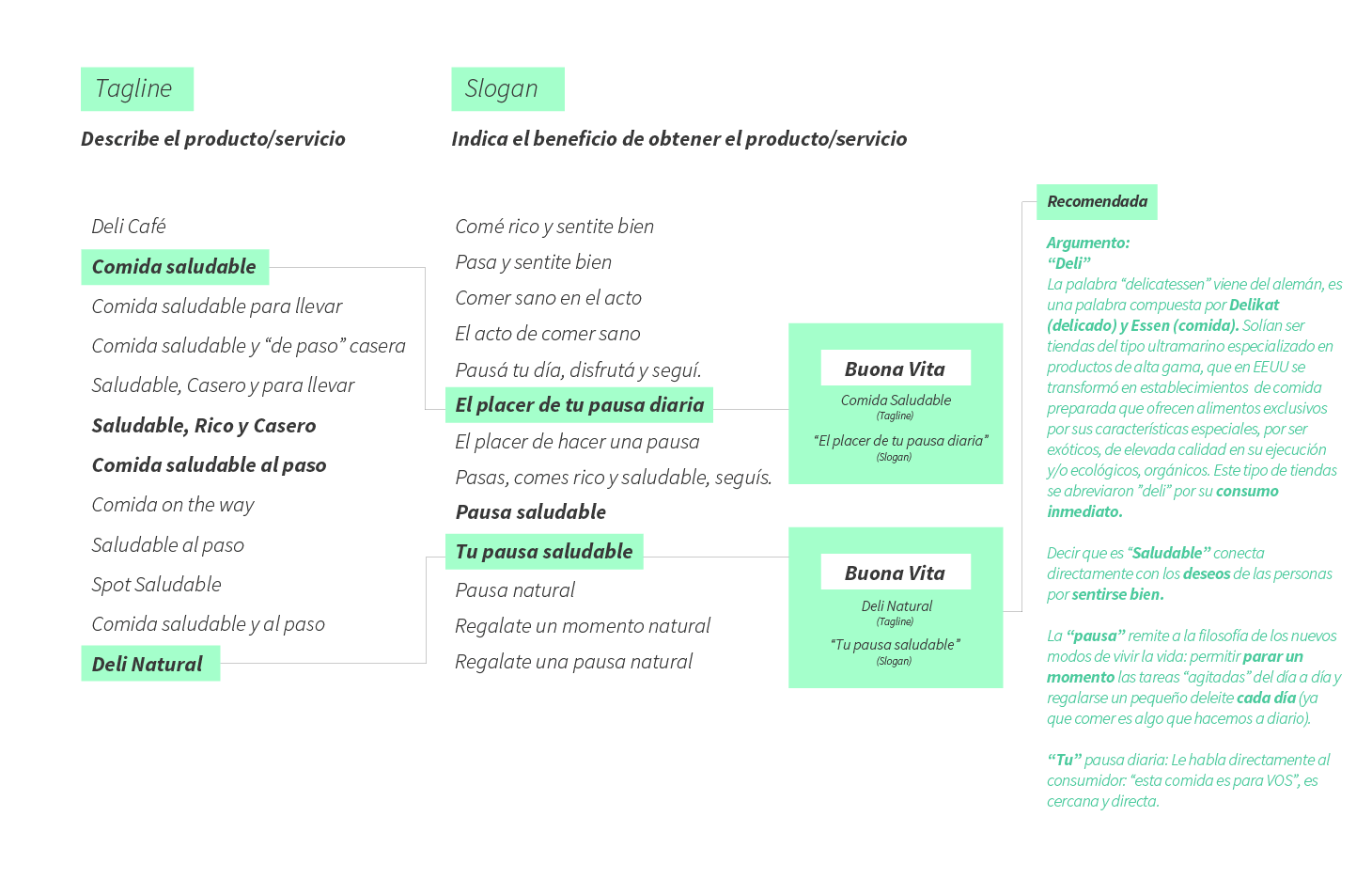

Finally, the brand will be “Buona Vita” and the tagline “Deli natural”. For the slogan, finally won “Your healthy break”.
STEP 2: PLANNING
COMMUNICATION STRATEGY
Now, it’s time to create a plan to attract potential clients and create a trustful brand so that people think of them when they are willing to consume their product (instead of thinking on their competitors). What did we need to choose in our communication strategy?
TONE & VOICE: How is the brand going to communicate with its target audience? We decided: Formality, emotional approach, humor, storytelling, etc. In this particular project, my goal was to find a unique tone that will humanize the brand and connect them emotionally with their target audience.
COMMUNICATION CHANNELS: We defined the contact points that will have the brand with the target audience and we adapted the tone of voice to each one of them.
KEY MESSAGES: Which words are going to transmit the values of the brand? From them, we created sentences that contained the value proposition and we added them to the strategy.
MOODBOARD: We set up a moodboard, which is a creative technique using a board on Pinterest to collect visual inspiration that will help us define a visual concept for the brand. This board includes images, textures, patterns, colors, typographies, etc.
This is the moodboard that we created on this identity design process:


STEP 3: DESIGN
LOGO DESIGN
Once the moodboard is ready, it’s time to start designing the logo. I presented the client with the following designs:
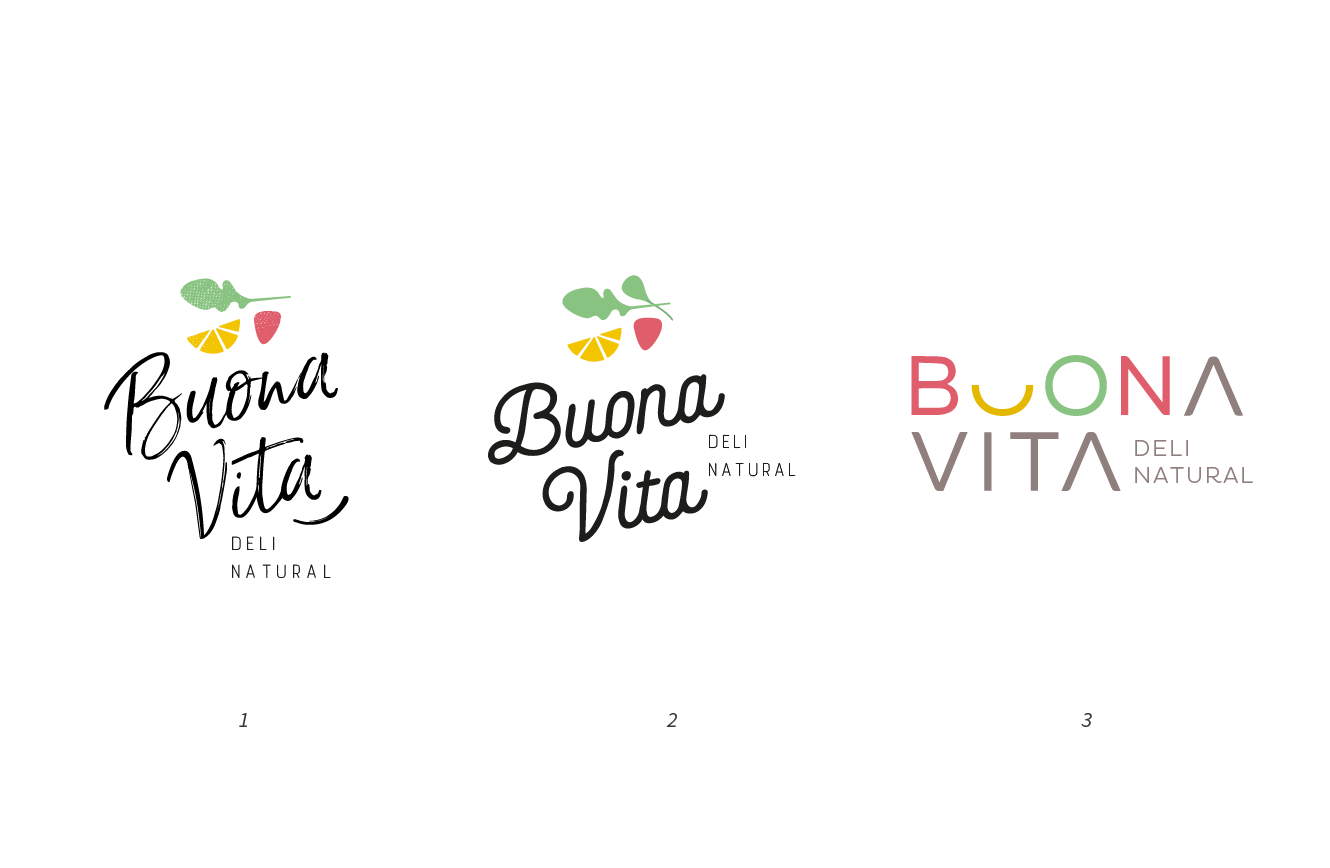

Finally, the first one was the winner and I created an isologo from it for them to use as a stamp.
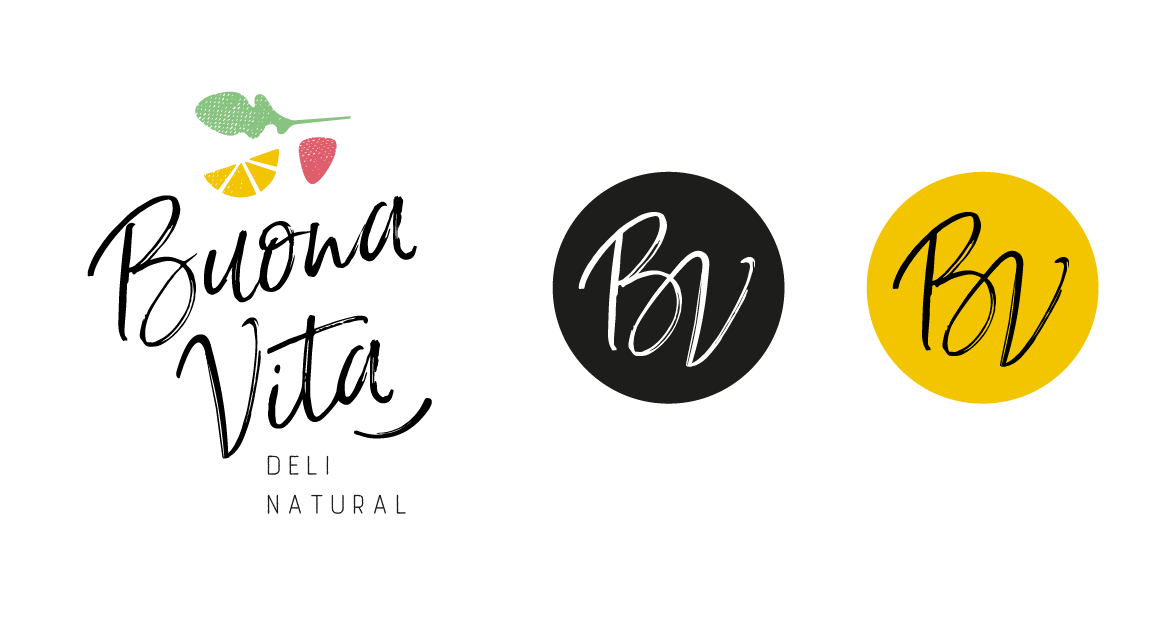

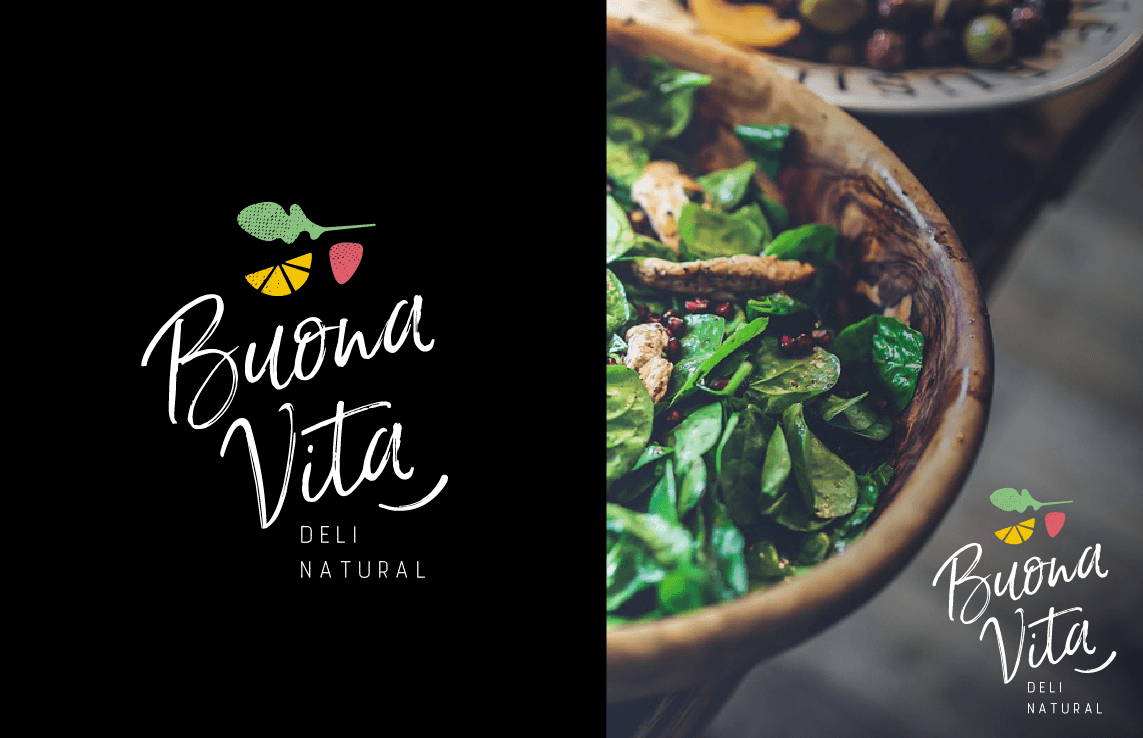

We are still working on the most important designs. Outdoor sign:
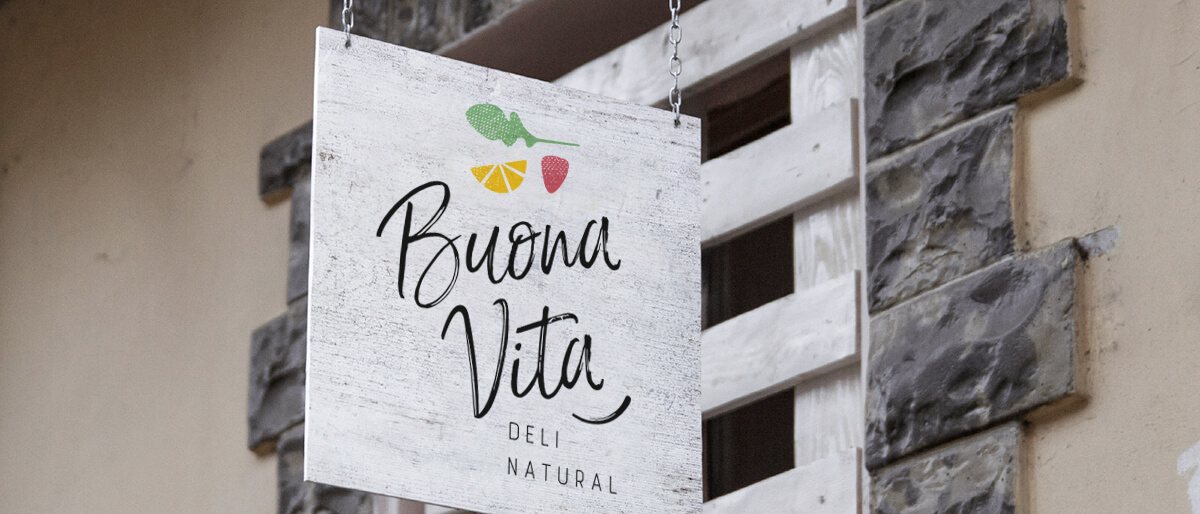

Menu:
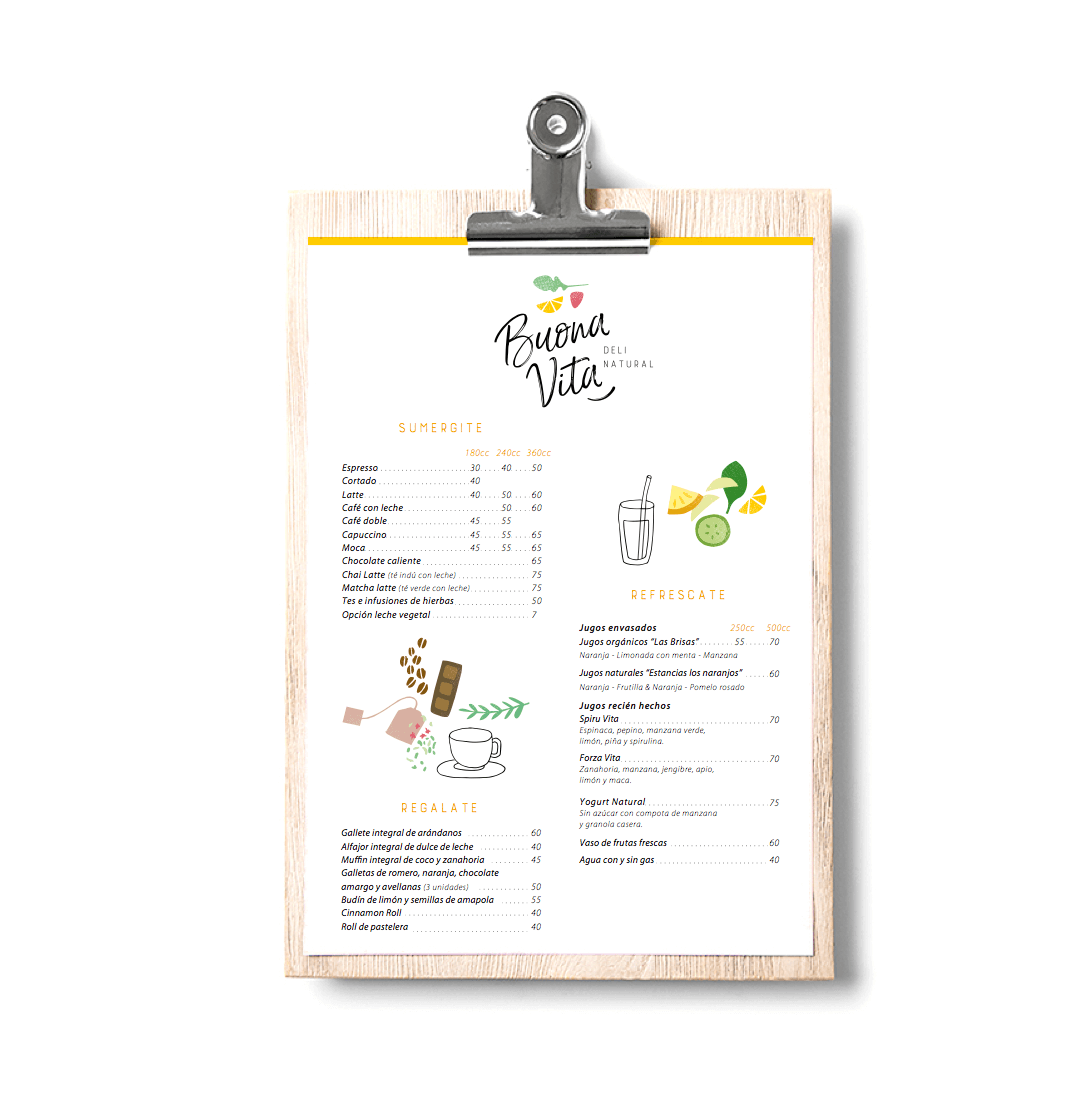

Menu illustrations:
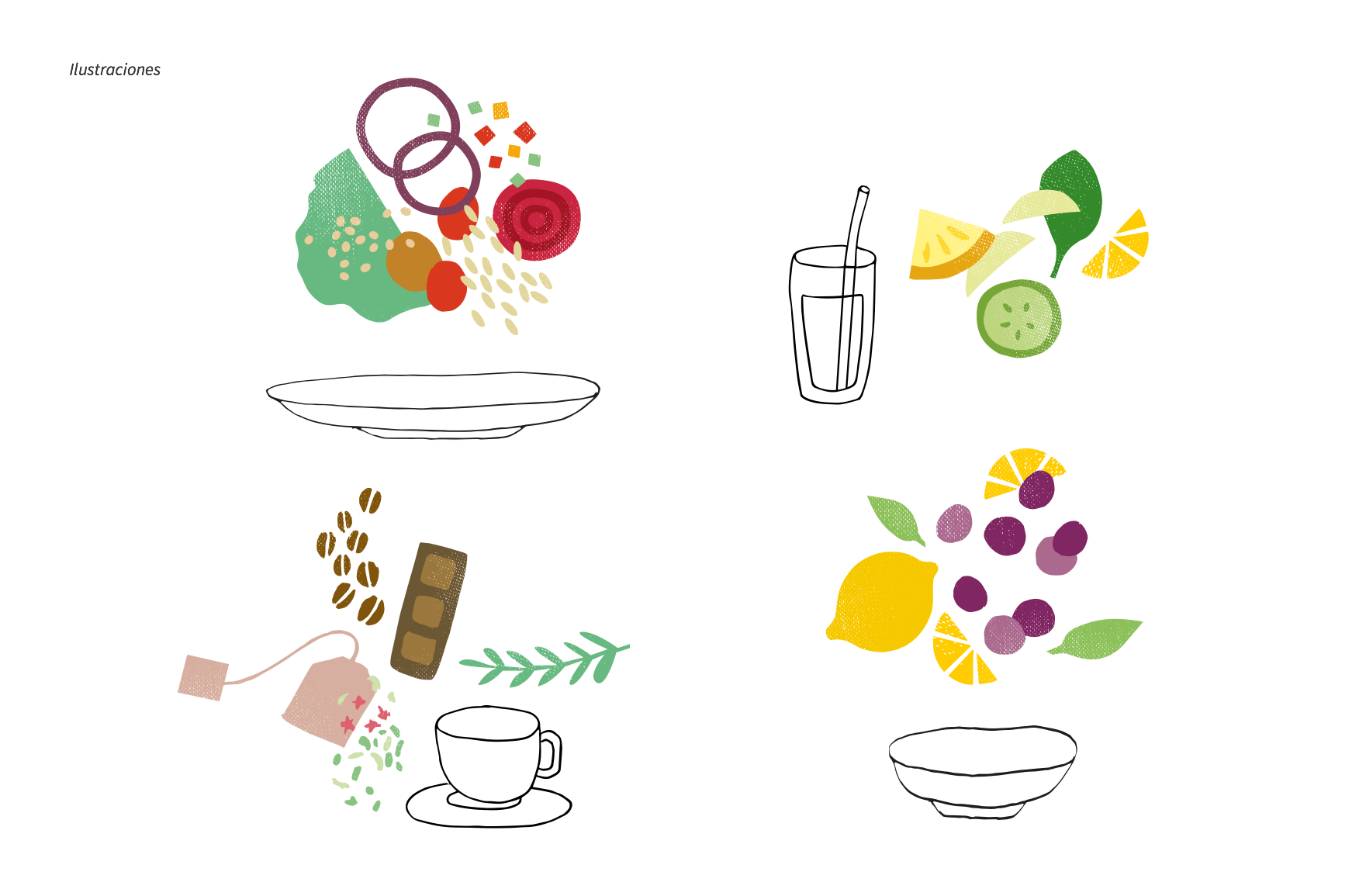

Indoor boards:
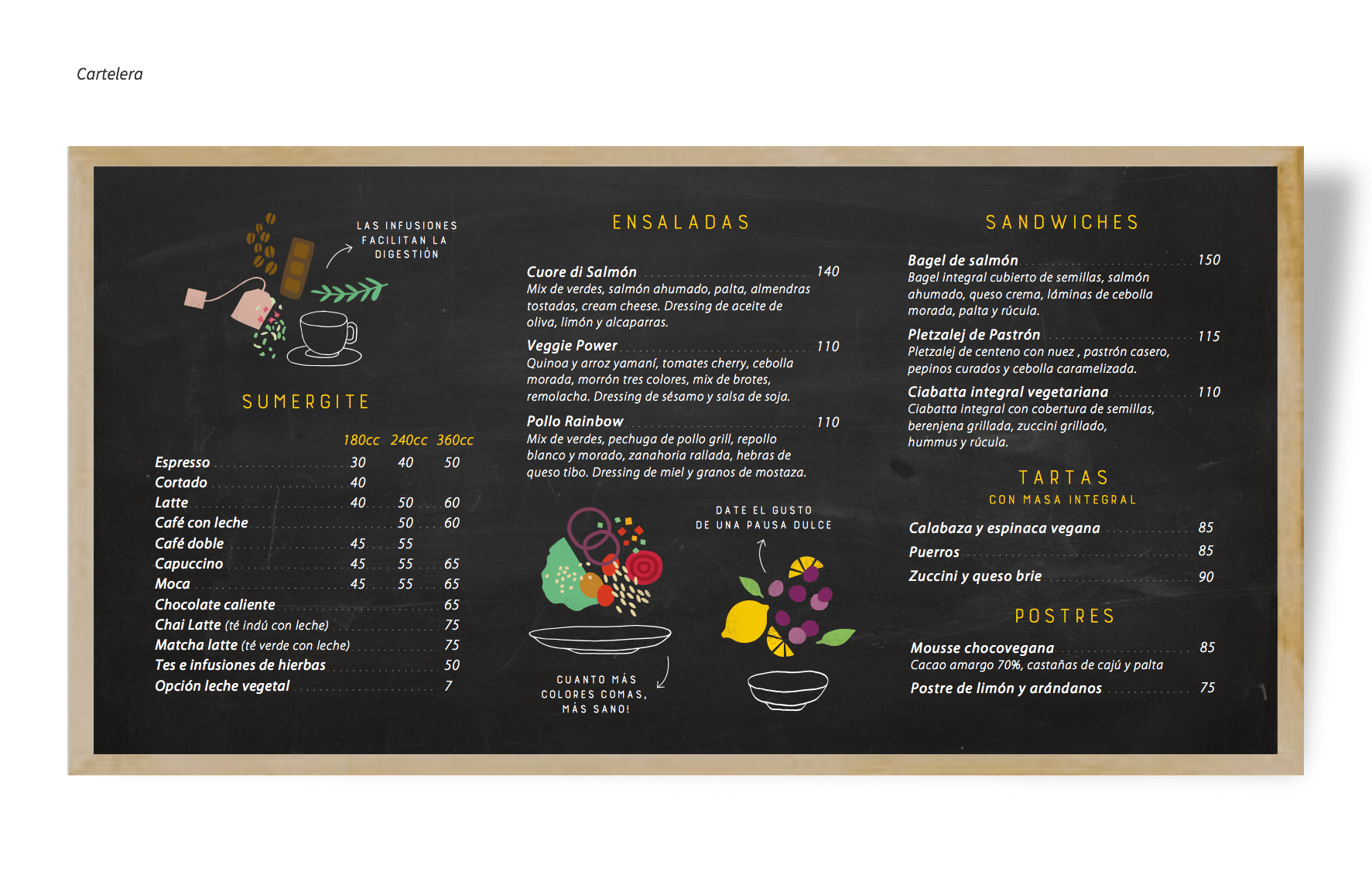

It’s always a pleasure to work with people who understand the value of design and who collaborate with you during the whole process. This makes always the best out of me!
